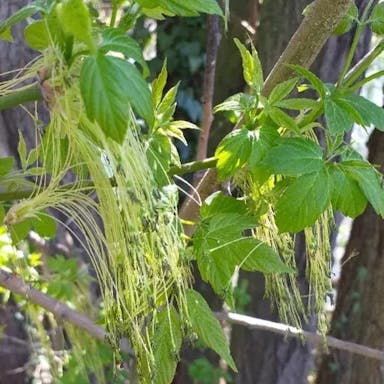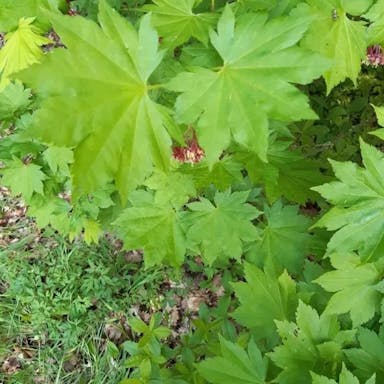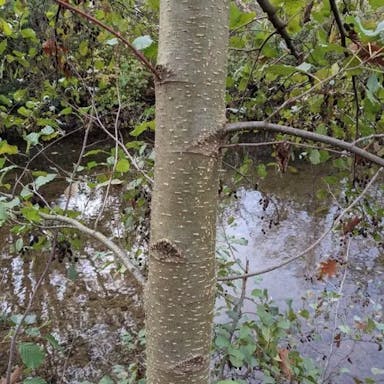Kaphal thrives in full sun to partial shade, requiring at least 6 hours of direct sunlight daily. It exhibits moderate cold tolerance, able to withstand temperatures as low as -10°C. In terms of heat tolerance, Kaphal prefers warm climates and can endure high temperatures up to 35°C. It thrives in an optimum temperature range of 20-30°C. During summer, ensure adequate watering to prevent dehydration. In winter, protect Kaphal from frost by providing shelter or moving it indoors. Place Kaphal in a location with good air circulation and well-draining soil. It benefits from strong sunlight but may require some shade during intense midday sun. Aim for 6-8 hours of sunlight per day for optimal growth.
0
0












